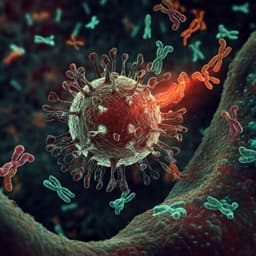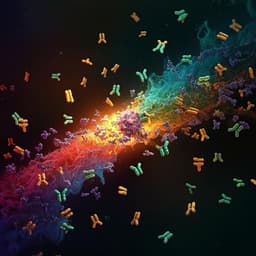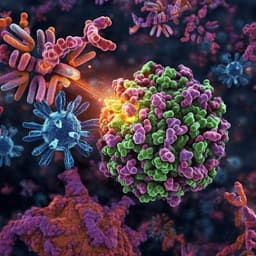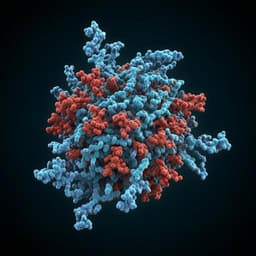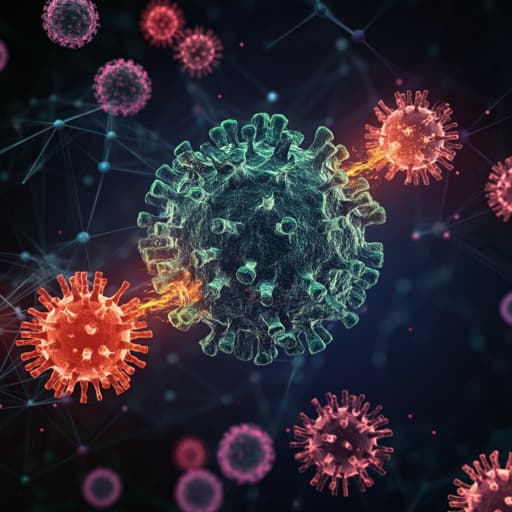
Biology
Updated Insights into the T Cell-Mediated Immune Response against SARS-CoV-2: A Step towards Efficient and Reliable Vaccines
E. Michal, S. L. Cosby, et al.
Explore how the emergence of SARS-CoV-2 variants challenges our immune responses and the effectiveness of vaccines in combating COVID-19. This research, conducted by a team of experts, delves into the role of T cells in infection mechanisms and their impact on disease prognosis, highlighting therapeutic strategies to enhance immune responses.
~3 min • Beginner • English
Related Publications
Explore these studies to deepen your understanding of the subject.



